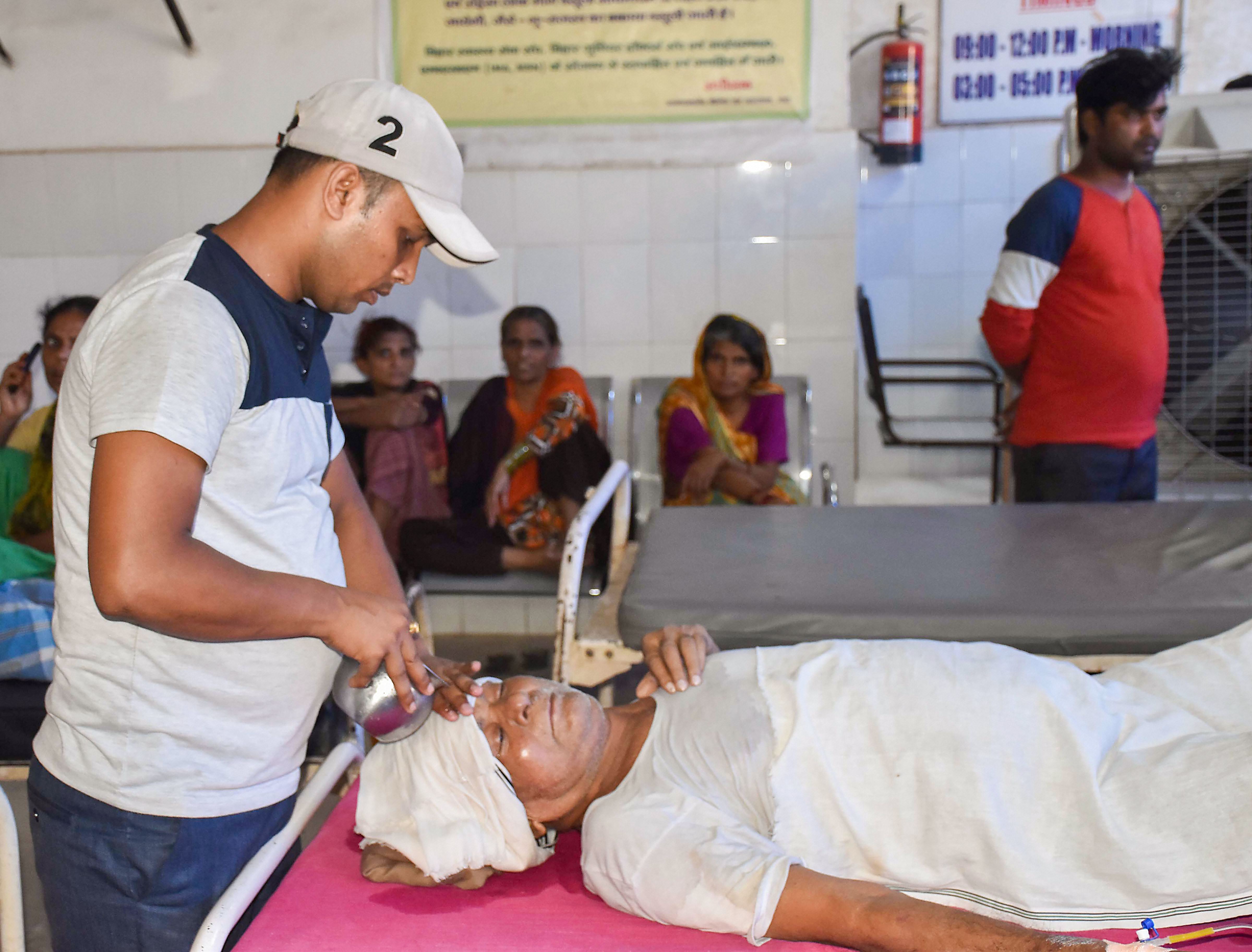
When sun spouts fire, Bihar IAS officer issues curfew order to curb casualties

Ever heard about an administration resorting to policing to save people from extreme weather conditions? In a ‘ridiculous’ yet feasible solution, a senior official in Bihar has enforced section 144 of the Code of Criminal Procedure (CrPC) or a ‘curfew’ in layman’s term in Gaya district, to make people stay indoors during daytime in view of the rise in number of heatstroke deaths in the state.
Gaya is one of the three cities in south Bihar which have reported a large number of casualties from heatstroke in the past 48 hours after Aurangabad and Nawada. On June 15, 60 deaths were reported from these three districts but a day later, the toll rose to 120.
This is the first time section 144 – mostly imposed to maintain law and order situation – has been used to combat deaths due to extreme weather conditions. Section 144 of CrPC prohibits assembly of five or more people in a public place, flouting which is punishable by fine and imprisonment.
The order was issued by Gaya district magistrate Abhishek Kumar Singh after his district reported a large number of deaths due to heatstroke. The prohibitory orders bans gathering of villagers, all governmental and non-governmental construction works, all kinds of labour works under Mahatma Gandhi National Rural Employment Guarantee Act (MNREGA) and cultural activities in the open between 11 am and 4 pm until further orders.
The idea, though dubbed an absurd and extreme measure by many seems to be a troubleshooting step by the administration, especially when the state government is ill-equipped to handle such a situation.
The step was especially taken to curb the death of farmers in the fields. The situation was so bad that many villagers collapsed while working in the sun and had to be rushed to the hospital. The poor hospital infrastructure, lack of adequate doctors, heat stroke wards and medicines further complicated the situation. Witnesses said kin of heat stroke victims were seen rubbing ice cube on their bodies to bring down the temperature but in many cases, the formula proved to be of no help.
What’s a heat wave?
A heat wave is declared when the maximum temperature is 4.5 degree Celsius above normal for two consecutive days, according to a metrological department official. While the maximum temperature recorded in several districts of Bihar hovered between 5.5 and 9.2 degree Celsius on June 15, June 16 was no exception either. In the past two days, the day’s maximum temperature hovered between 40 and 46 degree Celsius at many places.
Weather experts say the situation has turned alarming owing to lack of pre-monsoon showers and continuance of extreme dry conditions, intensifying heat wave conditions leading to a large number of deaths. “The state has not witnessed pre-monsoon showers this year which has the led mercury to soar alarmingly, resulting in severe heat wave conditions,” said Anand Shankar, a senior scientist at Patna meteorological department.
A prominent geographer and vice-chancellor of Patna University professor Rasbihari Prasad Singh blamed El Nino for the rising temperature. “El Nino is heating the sea surface as a result of which low pressure area is getting created in the sea region itself, curtaining monsoon and resulting in extreme weather conditions,” Singh said.
Pre-monsoon rains that arrive in Bihar by June 10, have been delayed. The severity of the situation is underlined from the fact that eight of Bihar’s total 38 districts have experienced no rain while nine districts face 80 to 95 per cent rain deficiency. It’s only four districts which have got good rains so far.


